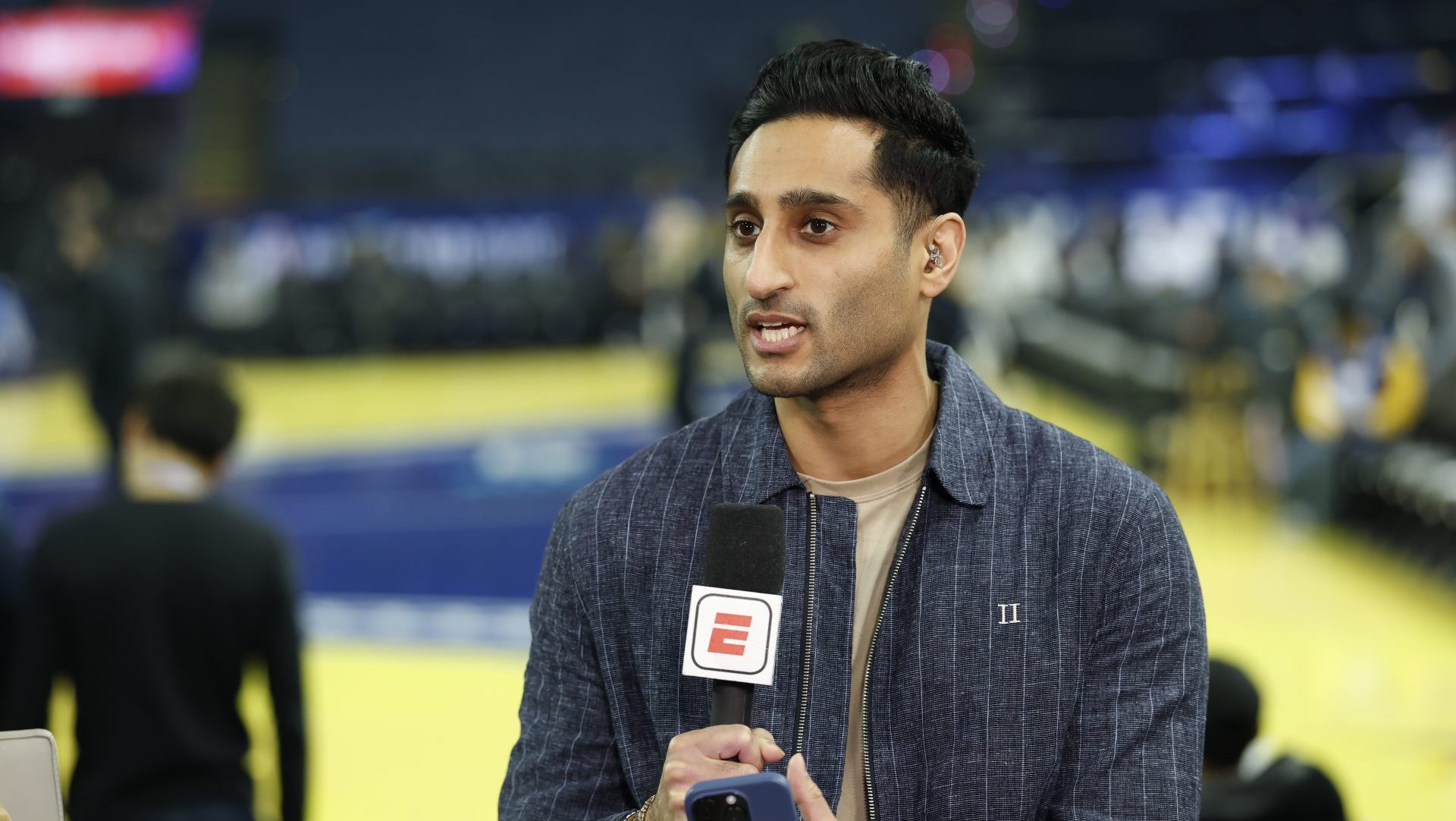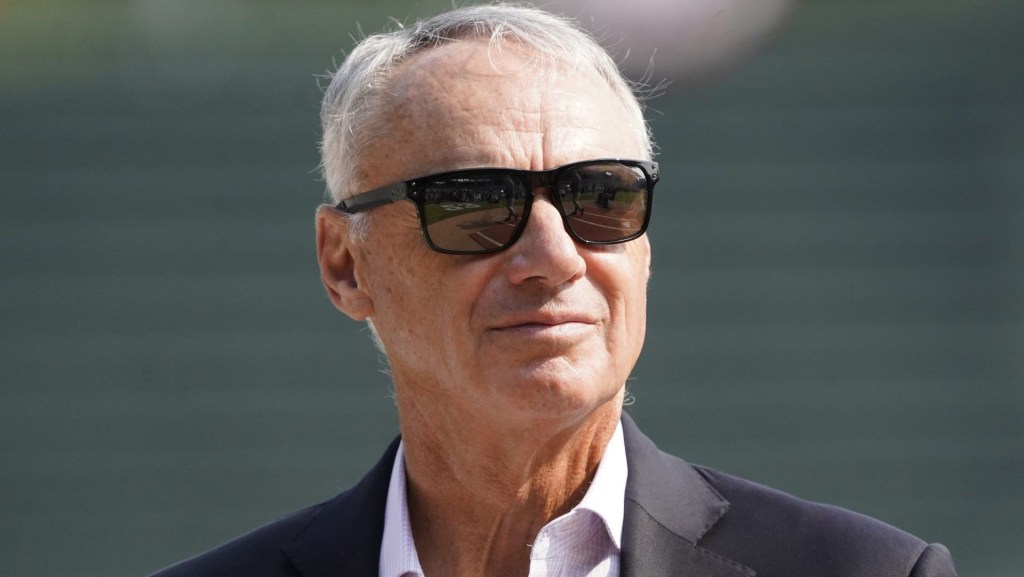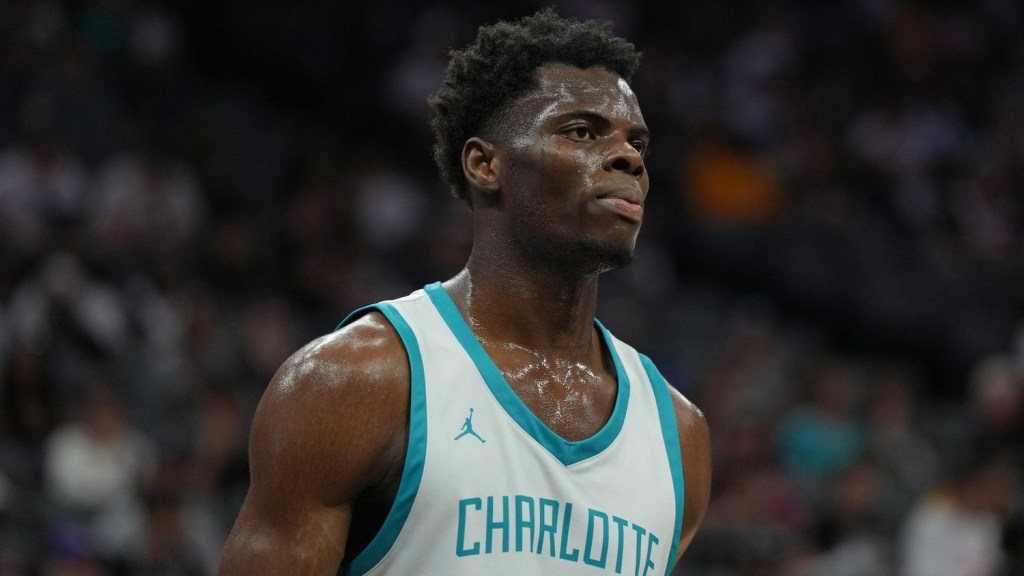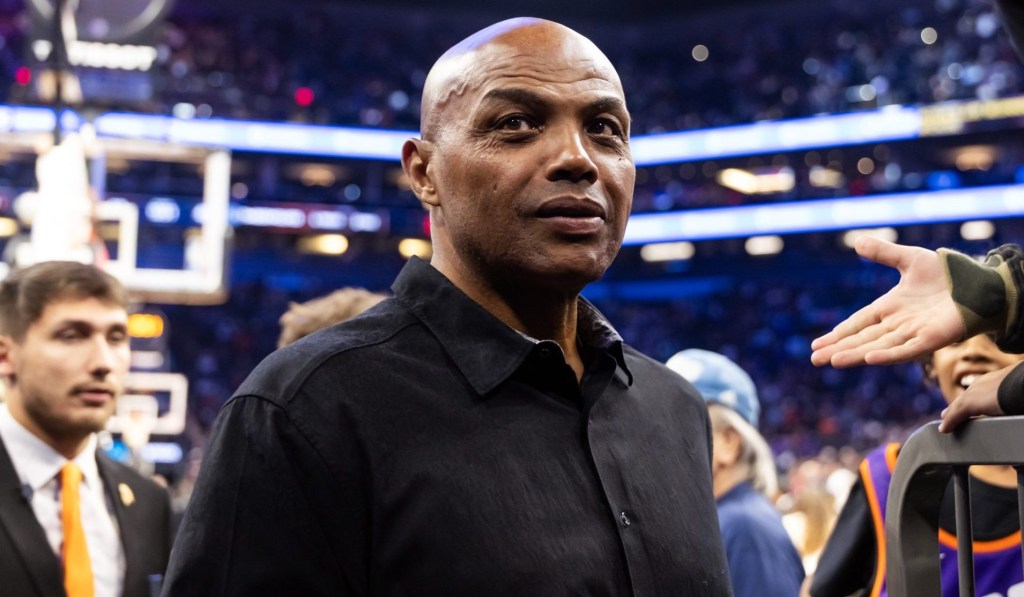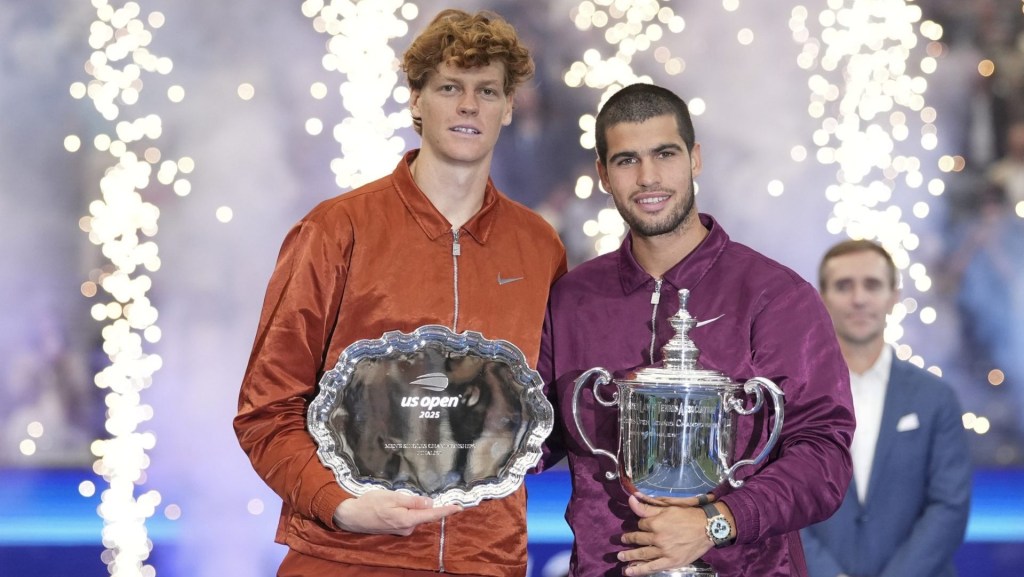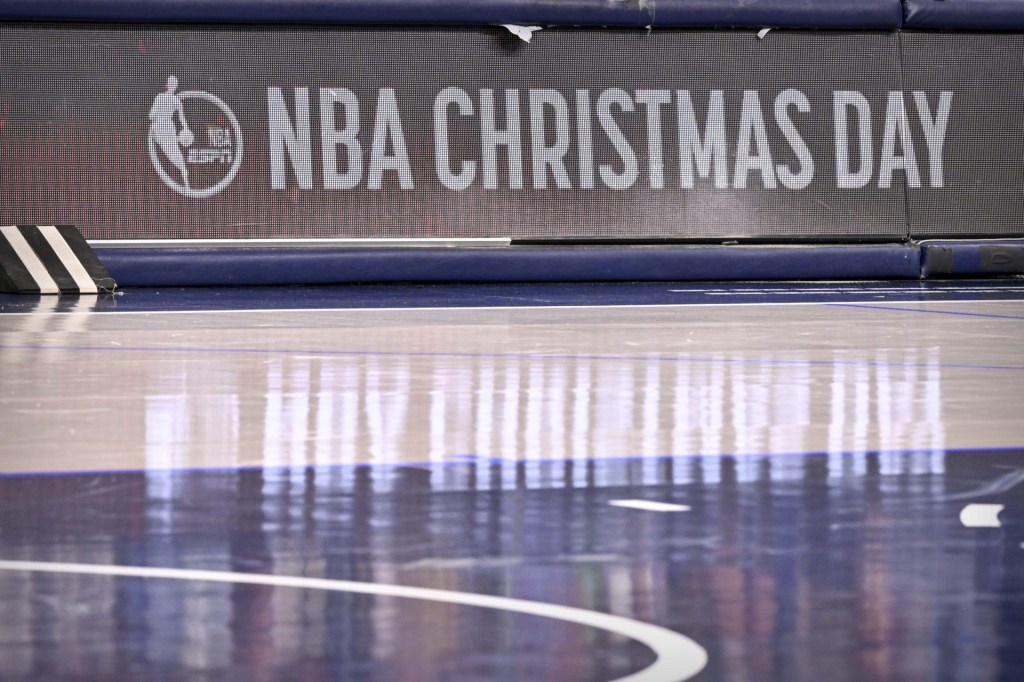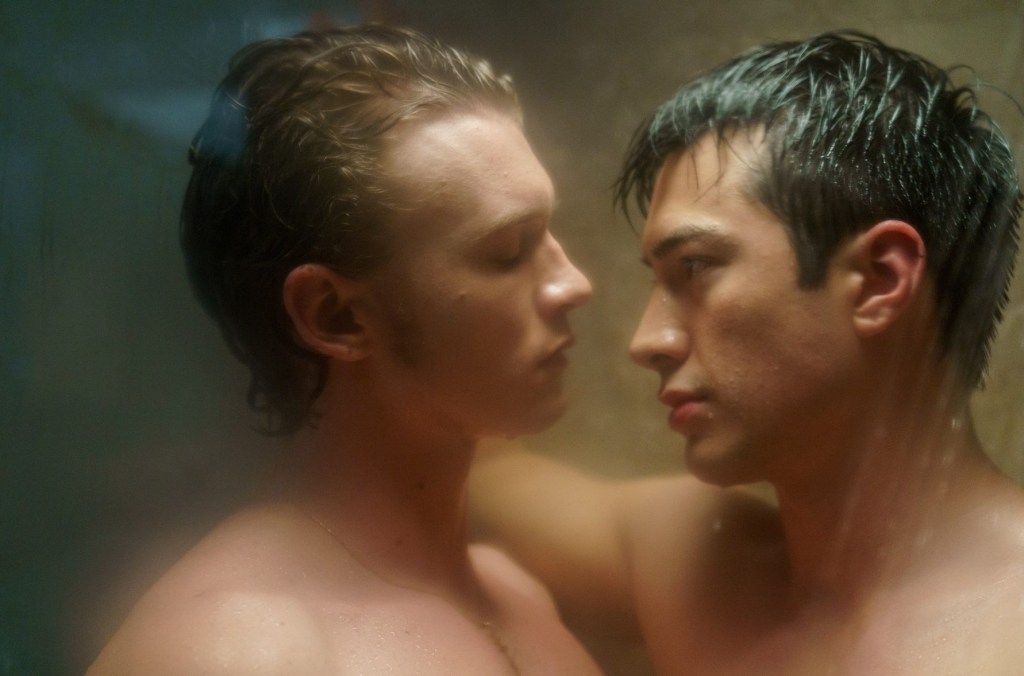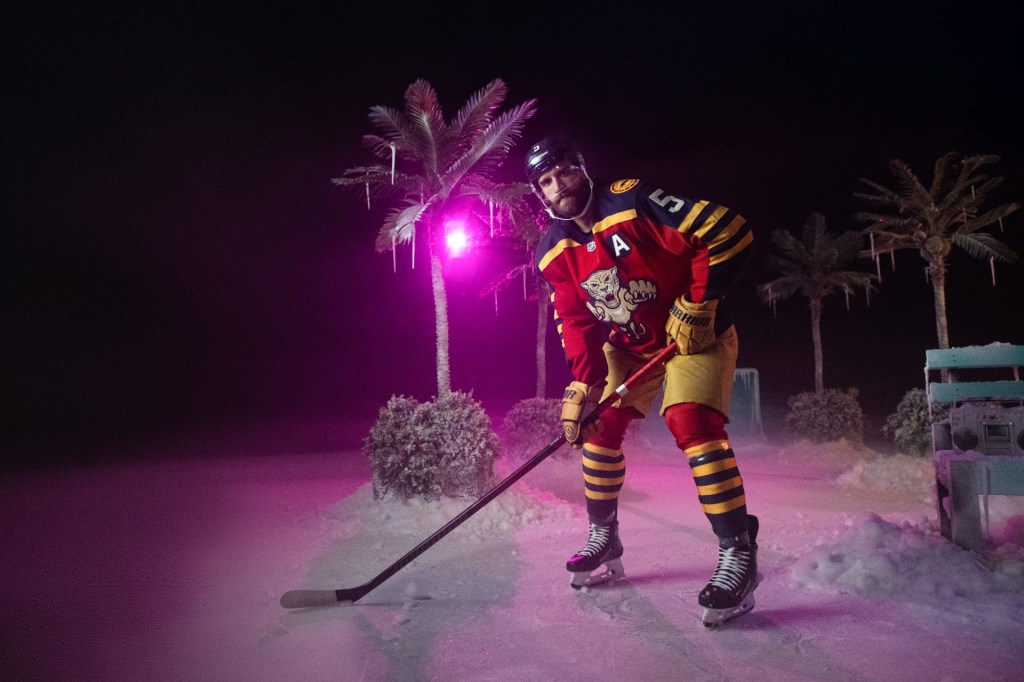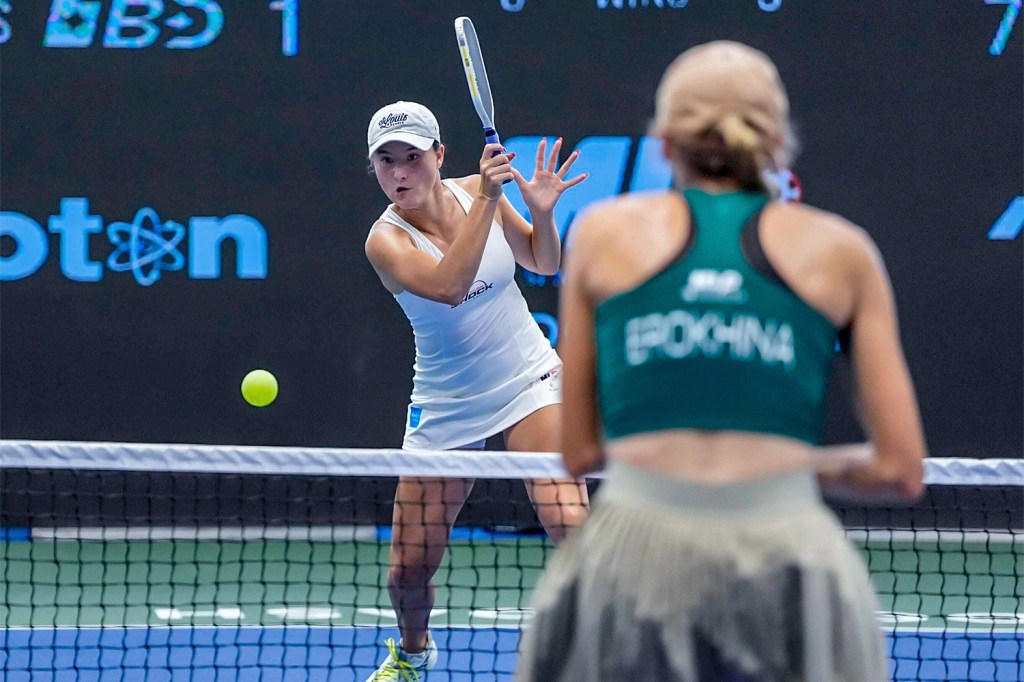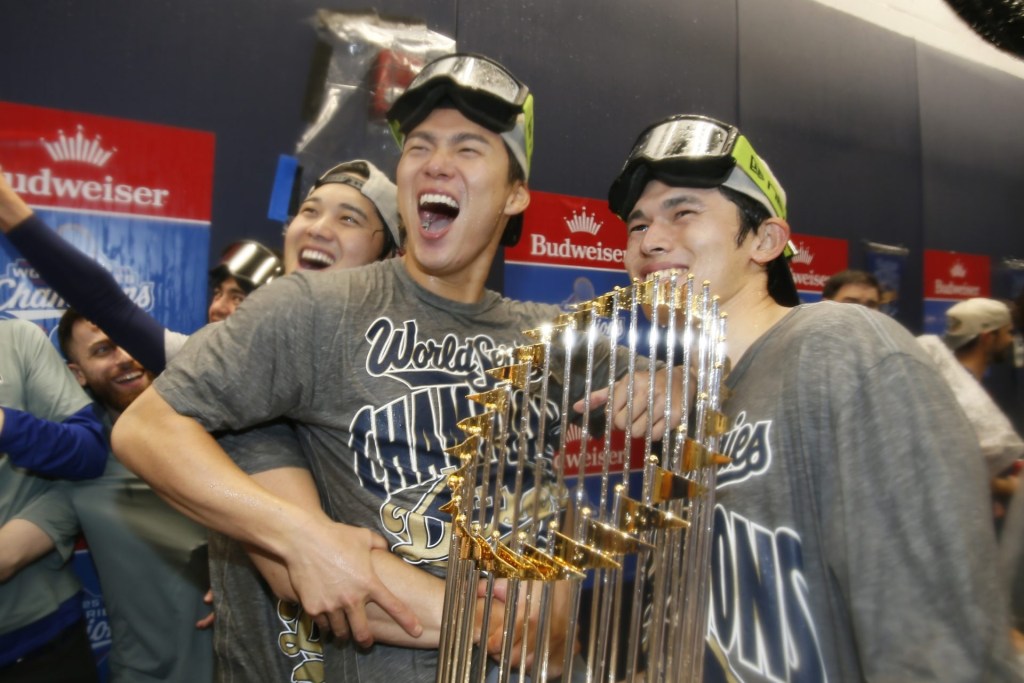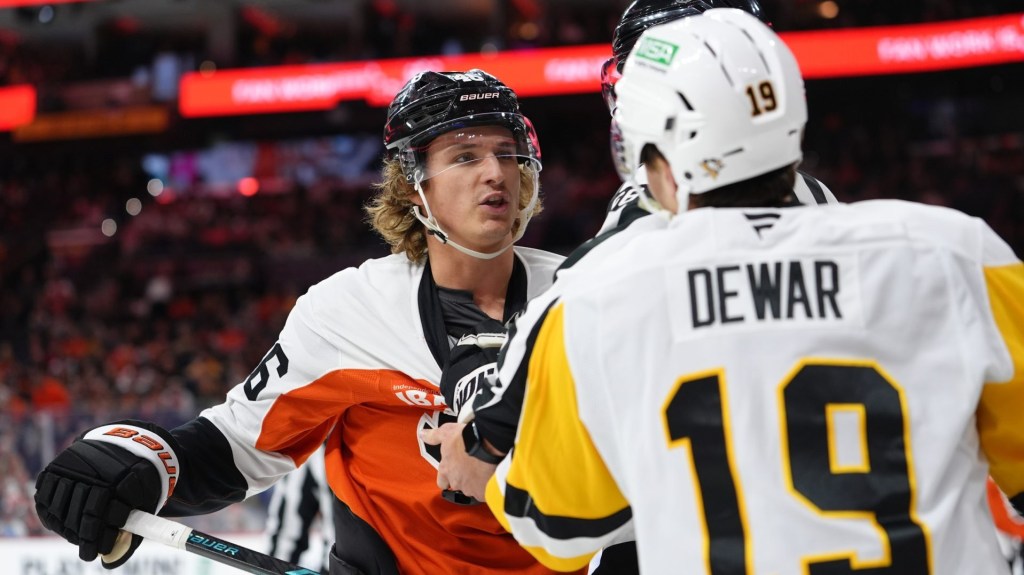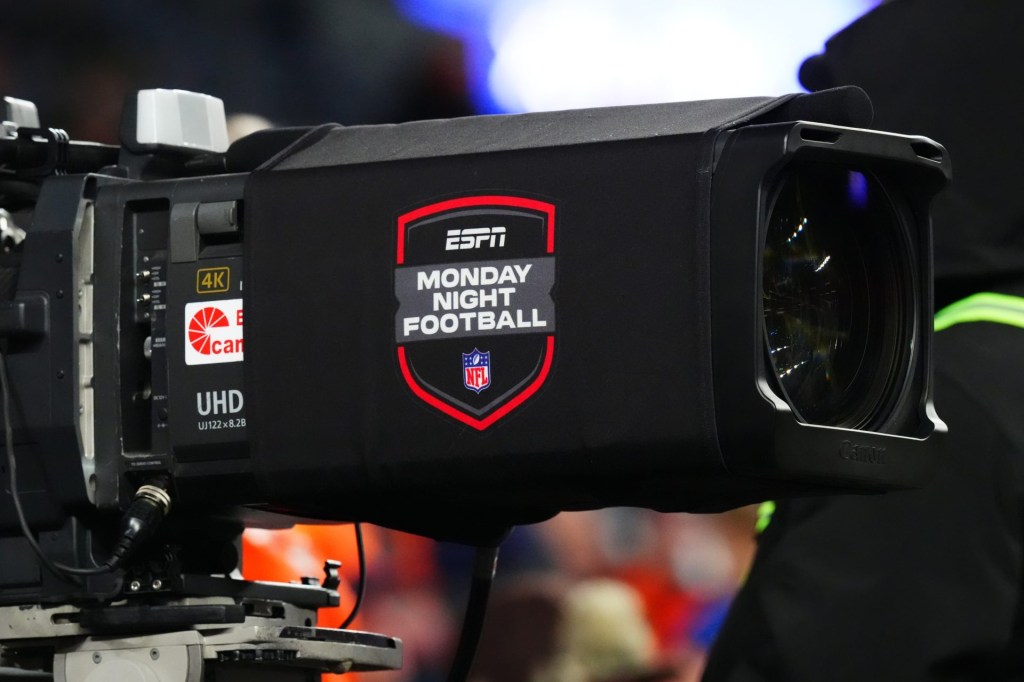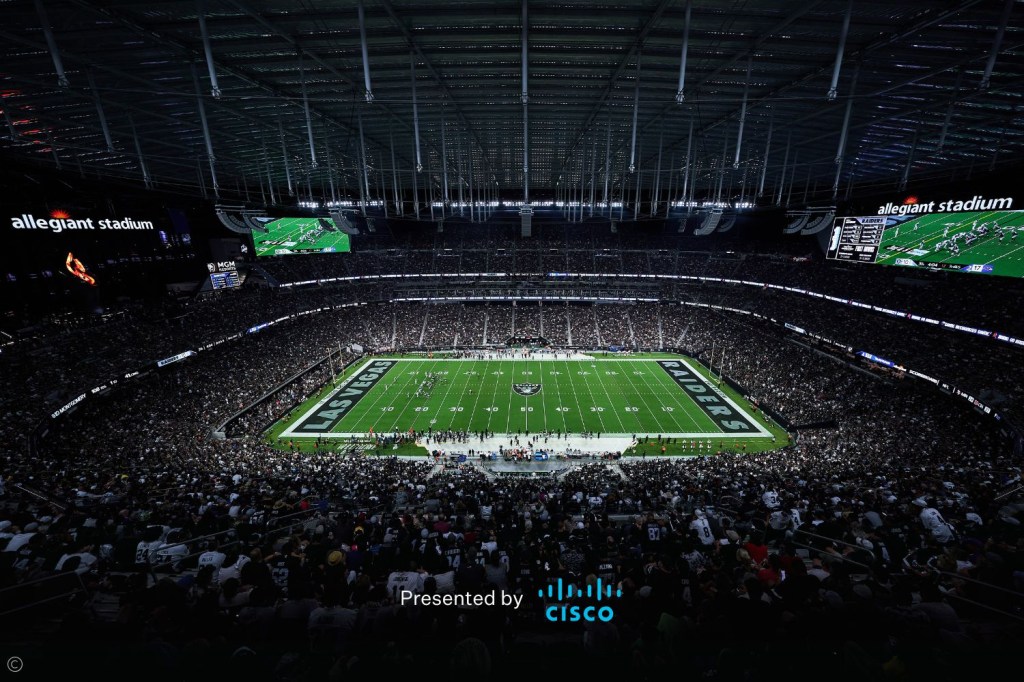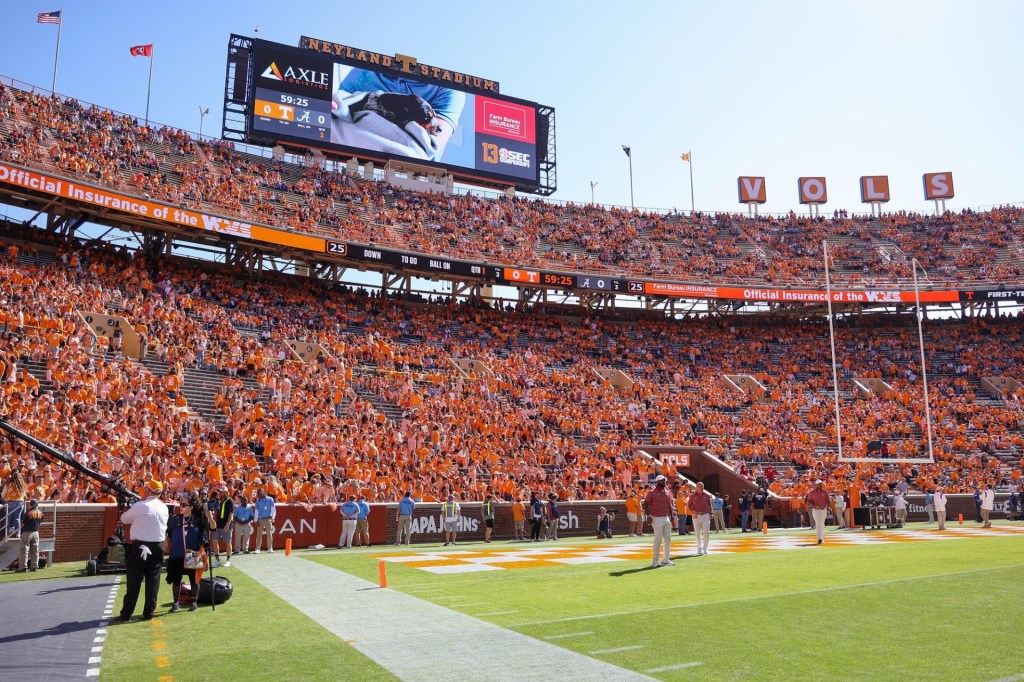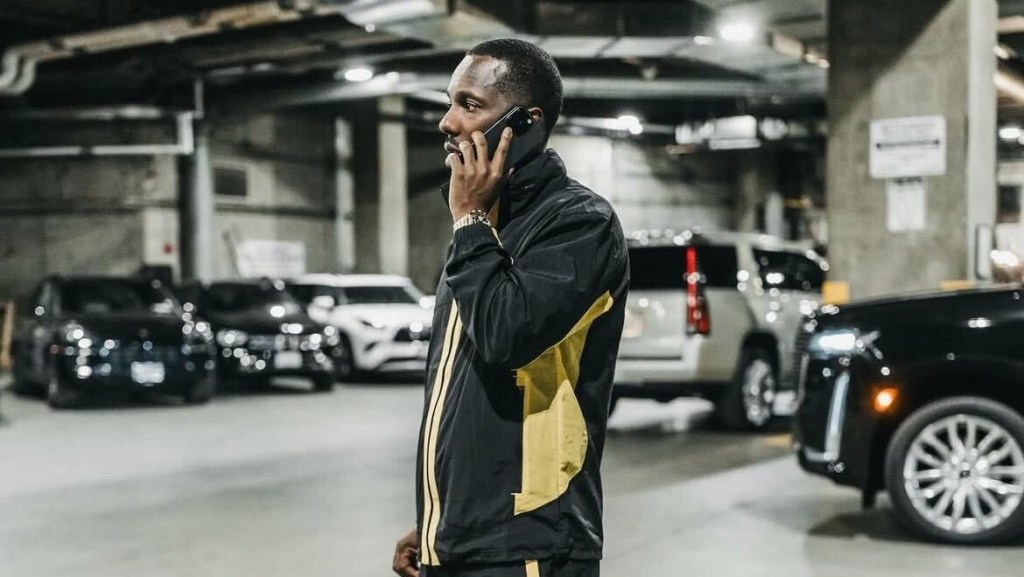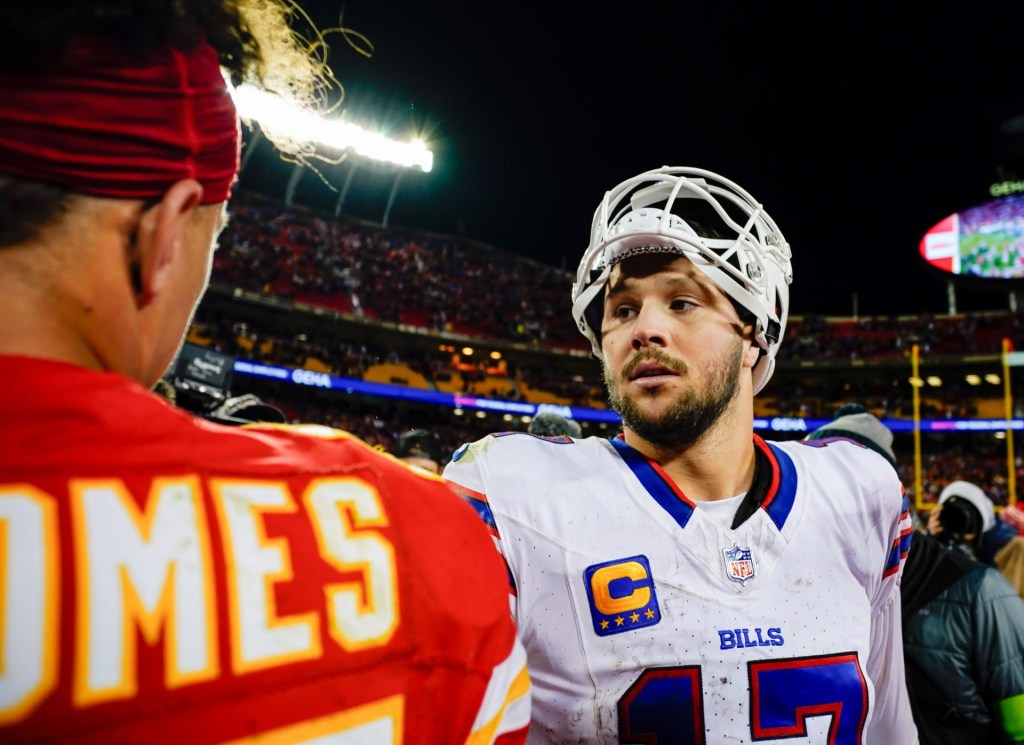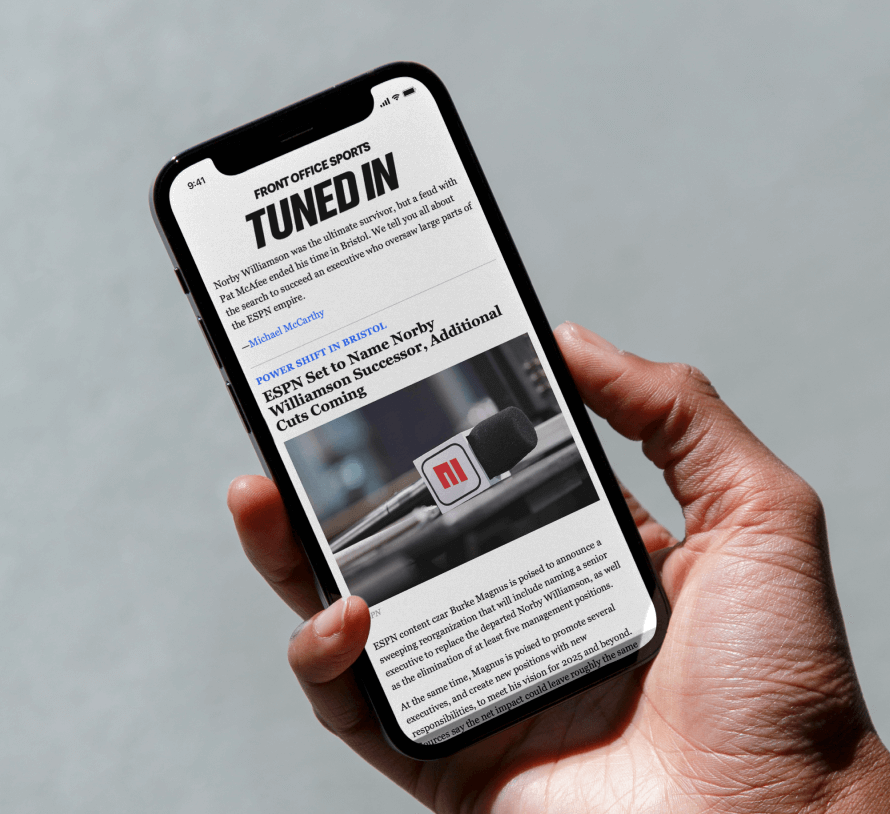Shams Charania has a busy week ahead. He will be the lead insider on ESPN’s coverage of the NBA draft lottery in his hometown of Chicago for the first time, Monday at 7 p.m. ET before Game 4 of Celtics-Knicks. He will appear on the main set alongside Kevin Negandhi (also hosting the event for the first time) and analysts Bob Myers, Kendrick Perkins, and Jay Bilas. Charania will be providing information on the telecast in addition to interviewing key figures, and will also be a part of ESPN’s NBA combine coverage throughout the week.
Front Office Sports spoke with Charania about the Cooper Flagg sweepstakes, the lead-up and aftermath of the stunning Luka Dončić–Anthony Davis trade, and his “whirlwind” first seven months at ESPN.
This interview has been lightly edited for clarity.
Front Office Sports: Cooper Flagg is the most tantalizing NBA draft prospect since ________.
Shams Charania: That’s definitely a trick question because I feel like every draft you can probably point to one or two prospects that are supremely tantalizing.
I think last year’s draft for sure was wide open. Zaccharie Risacher, I don’t think that was a no-brainer first overall pick for the Hawks, but they clearly got that one right.
Most tantalizing prospect? How can you be more tantalizing than Victor Wembanyama? Before that, Paolo Banchero, Cade Cunningham, Anthony Edwards. I think going in, all of those had the same aura of being the no-brainer first overall pick, although with Banchero there was chatter that Chet Holmgren and Jabari Smith were considered at No. 1, but Cooper Flagg obviously from end to end this year seems like he’s been the guy.
He reminds me a lot, when I think about prospects, of Anthony Davis—someone you can be sure what they bring to the table and how solid he is overall on the court, off the court, his presence on both ends of the floor, his focus and determination. A lot of those qualities were pretty polished with AD coming in. When I talk to teams, AD is definitely a guy that comes up.
FOS: You got to ESPN about seven months ago. What’s been the biggest surprise for you so far?
SC: A couple things—the platform itself, how big it is, how far the reach is, from the perspective of writing, digital, social, and obviously TV.
For example, there’s the ability to report something so late in the night and then almost immediately go on TV to talk about it. There were definitely a couple stories that encapsulated that this year.
When Joel Embiid pushed a reporter in the locker room, I tweeted about it late on a Saturday night and I was on SportsCenter within 15 minutes to talk about it and set the scene. I think the audience might take that for granted, but somebody like me, this is 24/7 for me, and I don’t take that for granted. That’s a superpower that the company has.
The other part is how welcoming everyone’s been. They’ve allowed me to be myself, to grow more, and put me in positions to succeed. Overall, it’s been a great year considering eight months ago I didn’t know [where I was going to be working]. Overall, it’s been a whirlwind.
I have to give credit to [NBA production VP] Hilary Guy, [executive editor] Lauren Reynolds, a deep group of NBA Today producers including Jaren Yang, Andy Davison, and Tony Honkus and Terrell Bouza and Greg Condas from NBA Countdown. Obviously Brian Windhorst, who I’ve known for a really long time. Malika Andrews has been unbelievably supportive and welcoming.
FOS: What do you want to do from here? Do you want your own show, or what are your goals?
SC: I’ve never been someone that sets two-month, three-month, five-year, ten-year goals. What’s your plan? I’ve never done that. I’ve always literally lived day by day.
I remember when I was growing up, listening to athletes saying, “I’m just taking it a day at a time.” I thought it was just a cliché; I thought they were BS’ing. Anyone in the workforce. My mom’s a nurse. She’s taking it a day at a time at her job.
I’m not sure what the future is, per se, could a show be in the future? I don’t know, maybe one day. You never know.
I just know going into this opportunity my one goal was to get better and better on TV. That was an area where I needed to improve. I still feel like I’m ever-improving. I still don’t feel 100% my best form. You’re never going to be perfect, but I feel like I have such a high ceiling on TV and I don’t even think I’ve scratched the surface of it. I just feel like I have to continue to get better.
I love jumping on all our shows—Pat McAfee, NBA Today, First Take, Countdown, Get Up, all the SportsCenters. I’m still very much in the mode of wanting to get better and improve.
FOS: When you got the first Luka Dončić trade tip, I’m sure it was from someone very reliable, but did you think you were being catfished? Like their phone was hacked, or you were being had?
SC: That would be the first instinct, that there’s no way this is true, but the way I heard it was not that Luka Dončić had been traded for Anthony Davis. It was really a process throughout the week.
The deal happened late Saturday night. Wednesday, I’d gotten word that the Lakers and Mavs were discussing a trade that was going to send a Mavs player—who was not in the final deal, and I’m not going to name him—to the Lakers. I dug on it and got complete denials. I carried on with my business. There were other league things to monitor. Jimmy Butler and De’Aaron Fox were on the trade block. There’s always other moves you don’t know about that are coming.
But then when I got more wind that something was going on, it was Hey, the Lakers and Mavs are going to have a TRADE. I thought it had been what I’d heard about the other day, but then I heard that Maxi Kleber and Markieff Morris were in the deal. Hey, Utah’s also in the deal. I heard little bits and pieces, but obviously when I got to source 3-4-5, and had more details.
Obviously, if I got one call or text that Luka Dončić was traded for Anthony Davis, I’d probably feel right there in that moment that I’d been duped.
But it was a build-up to it, and by the time I got all the details—the tweet I put out had everything, there wasn’t anything missing—my hands were definitely shaking. I knew this was not the tweet to have a typo, this was not the tweet to get anything even minor wrong. Forget minor, you don’t want to get this wrong—period. You don’t want to get anything wrong, but definitely not this.
It was an out-of-body night. Even afterwards. My phone had 300 messages. Call on call on call. I took a few calls—a couple people around the league, Pat McAfee, Stephen A. Smith. SportsCenter producer Tom DeCorte called me a few times. I had to take his call because he was wondering what everyone else was wondering—did I get hacked?
My phone was malfunctioning. It was overheating.
My first notion after I break the trade was: What, why, how, when did this happen? I have to be ready because I’m going to do further reporting and going on TV about it. My first instinct isn’t about responding to people who thought I might have been hacked. I’m not even thinking like that in the moment.
It wasn’t until after that where I was like, Oh, people didn’t really think this was real in the moment.
FOS: It’s been about three years since we last spoke for a feature. Can you believe how much the screen-time angle took on a life of its own?
SC: [Laughs.] You started something, didn’t you?
It’s one of the most frequent questions I get, for sure. I think a lot of people spend a lot of time on their phone. I feel like I get a bad rap. When you put that story out, and even afterward, I always get a bad rap from people.
I don’t think I’m the only one who spends a lot of time on my phone. I might have moments of the year [trade deadline, free agency] where it’s a little bit extreme, but I think it’s just slightly more than the average person.
